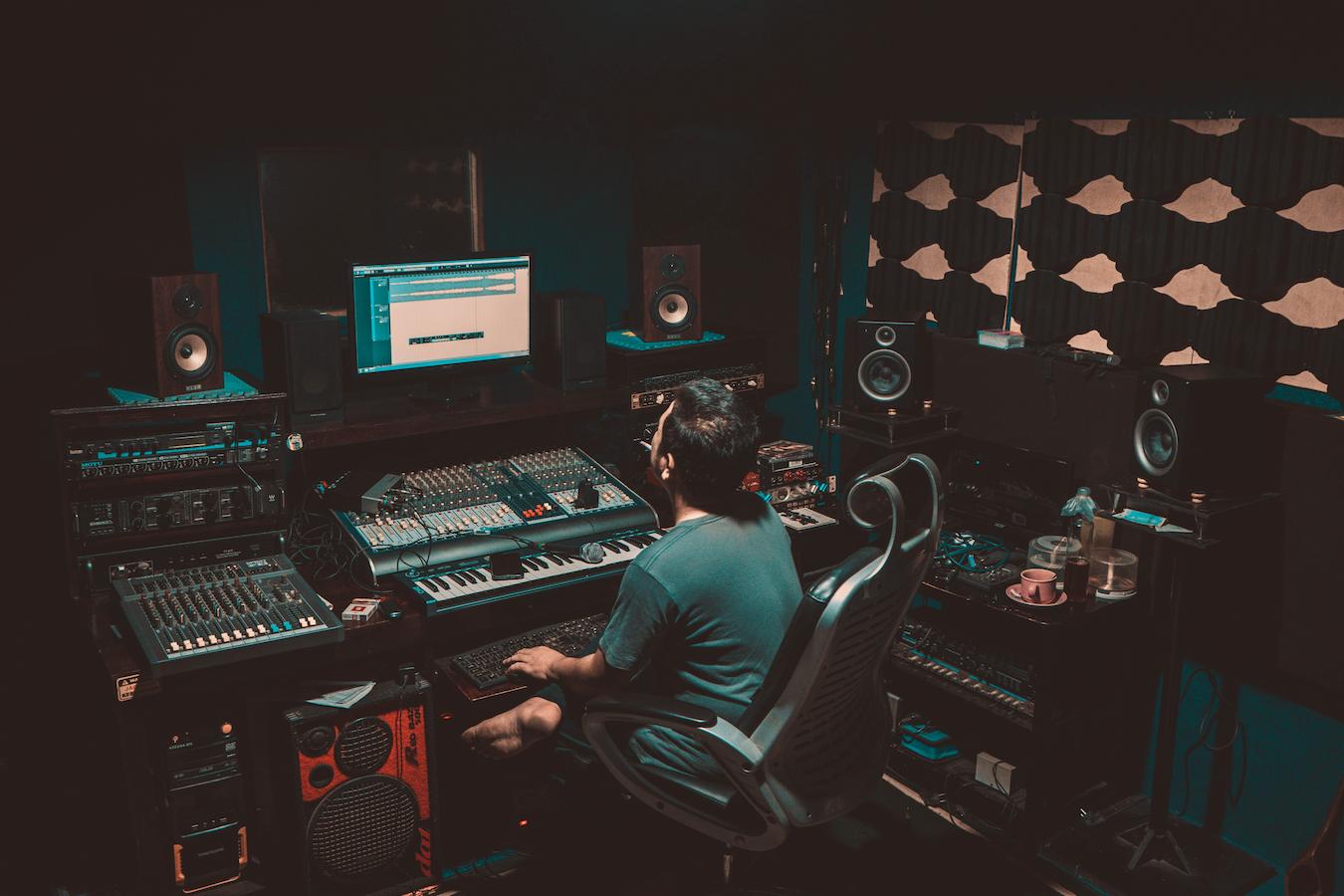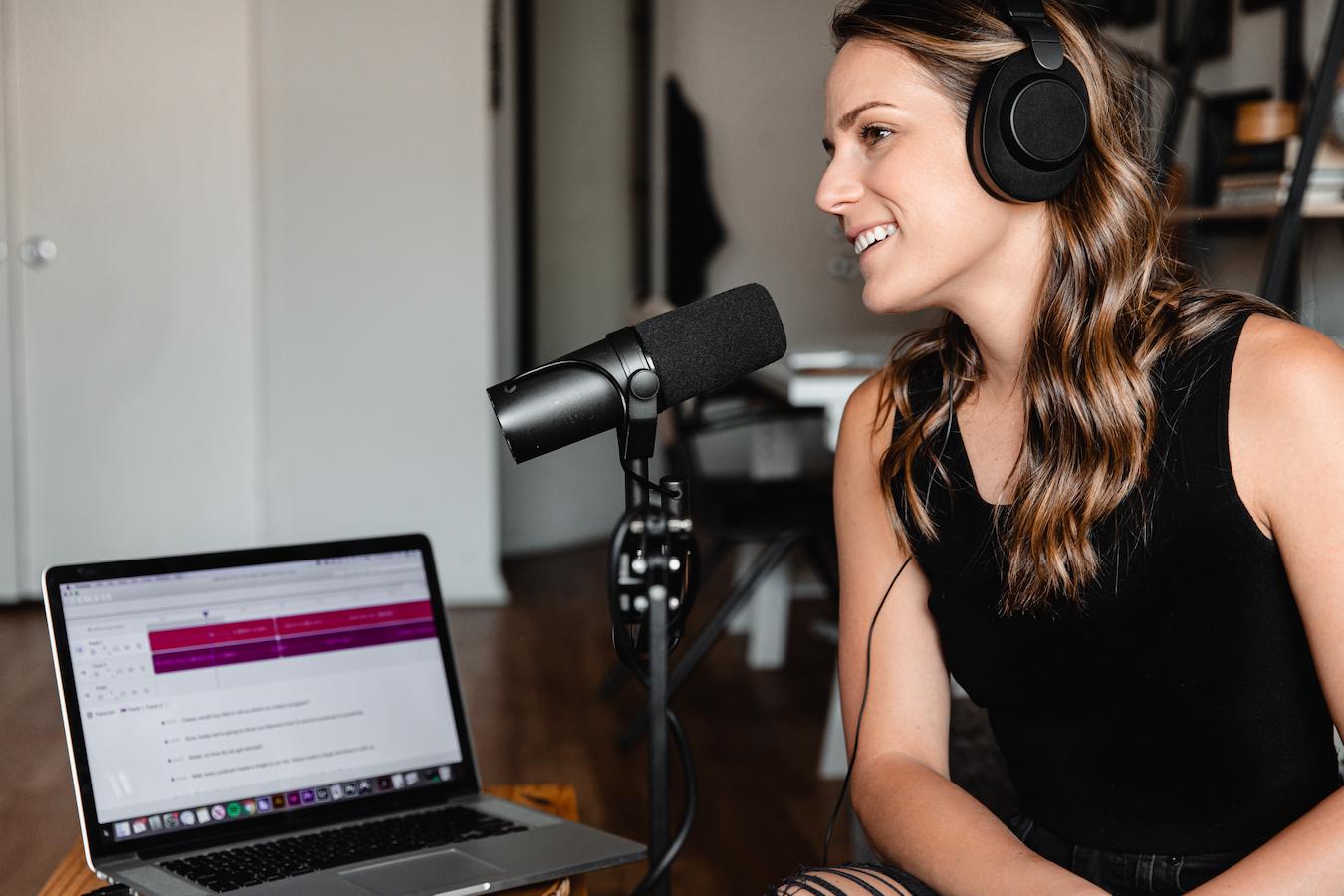There are plenty of unsung heroes in film. But perhaps the greatest of those heroes is none other than the sound designer.
A sound designer is in charge of creating the aural world of the film. With original sounds, sound effects, pre-existing sounds, digital tools, recorded audio, the works.
But you want to know the real magic of sound design? It manages to implement as many different sound effects as needed to bring the world of the film to life without us (the audience) even realizing it.
So, are you ready to figure out how sound designers do it? And maybe even learn a few sound design magic tricks yourself?
See Related: How To Become A Foley Artist
Sound design for film 101
When you think of sound designers, you probably think of the audio production techniques implemented on location or on a sound stage in LA. Sure, this is a part of film sound design.
But some of the best sound design sounds come out of post-production. This is not to say that auditory elements are not taken into consideration early on though.
But at least this gives you a good understanding of just how integral sound designers are to a film’s development. Care to break sound design down even more?
Five elements of sound design
Of course, there are plenty of other elements that go into sound design for film. But we’re just laying out a basic introduction for you.
Ambiance
Ambiance is any sound recording or sounds that enhances the atmosphere of the scene. They give context as to where the characters are, especially if the action is being filmed in a production studios.
The sound of a car passing by, for example, might be an audio recording from another day. Or, maybe they managed to capture these sonic textures while on set.
Foley sounds
Foley artists are in charge of creating auditory elements to match the action we see on screen. Think of footstep sounds or even the sound of someone’s bone crunching if that’s what the sound design calls for. (Yuck!)
Audio effects
Audio effects are any sound designs or different sounds that we wouldn’t normally hear in real life. A great example of this is the sound of an alien abduction.
Unless you’re a true believer, this type of sound design was probably created through digital audio or previously composed design sounds and music production. (No judgment if you’re a believer though.)
Voice-overs
Typically recorded in post-production, sound editors will implement voice-overs for narrators. Or maybe a digital character on screen.
Music
A great deal of sound design involves music to not only amplify the entire film. But to help the audience process the emotions throughout.
In fact, music was one of the first aural elements to be added into the first film with sound. Says a great deal, don’t you think?
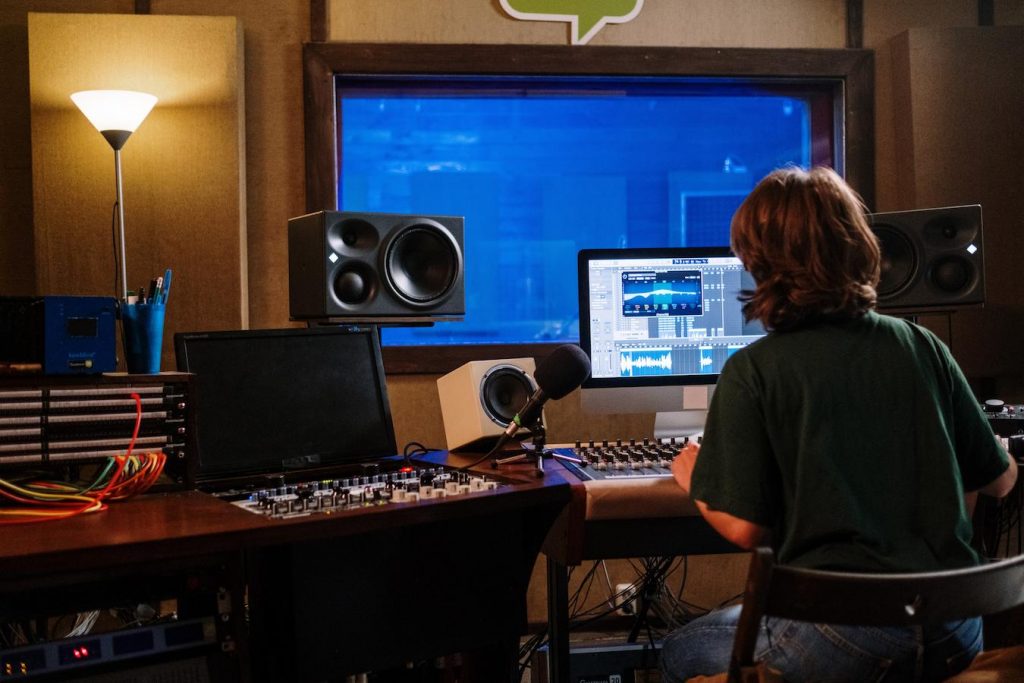
What can sound design do for your film?
The benefits of sound design are many. But here are a couple of sound benefits that might even convince you to hire that professional sound designer for your next film.
Bonus: How To Location Scout
Give the audience a sense of what’s off-screen
Visually, a film is limited to what’s onscreen. But the sound design team takes on the sounds of the rest of the world that the audience can’t see by creating soundtracks, re-recording mixers, sound editing, and more.
Sound design bridges scenes together
More so in film than television production, supervising sound editors ensure that all sound design elements help scenes flow together. This way, they create a cohesive sound and feel to the project, all through sound mixing and editing.
Film music elevates emotion
Sometimes, dialogue can only do so much. That’s when audio or music in film can enhance the emotion of a scene.
Whether through a sound recording of a live performance, production mixer, or sound designers’ edit in a digital audio workstation, sound designers make it work.
Sound design for film contextualizes location
Like we said before, sound designers and their sound supervisors produce sounds to give context to a scene. Whether they use one sound or multiple sounds to create the atmosphere necessary for that moment in the film.
The process of a sound designer’s work
A sound designer may have their work cut out for them mostly in post-production. But dreaming up the necessary sound effects happens even before the actors get on set.
Pre-production
Working with the director
Many sound designers and music editors will work closely with the director during pre-production. They work to determine what kind of sound design they want for the film.
Then, the supervising sound editor may even attend rehearsals in an event space rental to help develop a music or otherwise appropriate soundtrack.
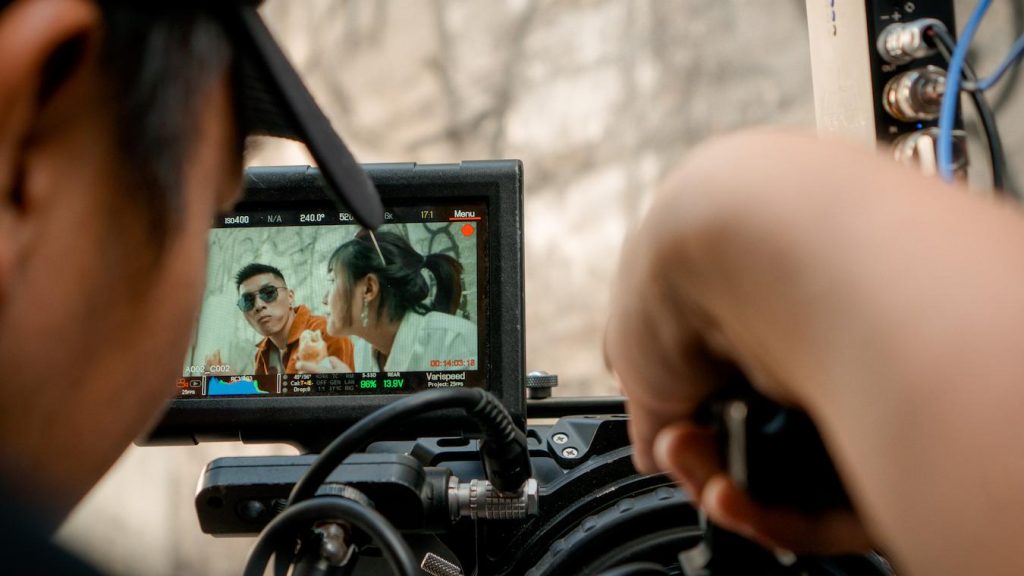
Production
Live recording and playback
During production, most sound designers in the sound department will be in charge of setting up sound playback equipment on set. And they may even hire a couple of college students to train as soundboard operators.
Post-production
Dialogue capture
Sometimes, a sound designer is tasked with ADR or Automated Dialogue Replacement. This is when additional dialogue or sound needs to be added in post-production.
The recording process may also involve sound effects to make the dialogue seem more believable in the given atmosphere.
Designing sound
If a film requires a specific sound or type of music throughout, then a sound designer will create these sounds during post-production. They always make sure to deliver cohesive and believable sounds.
And that’s what makes the editing process so crucial. Some say that’s where the real magic lies.
Sound editing and mixing
Sound editing is the more technical side of what a sound designer is required to do. Ultimately, it ensures that all sound effects and sound design flow together evenly and without a hitch.
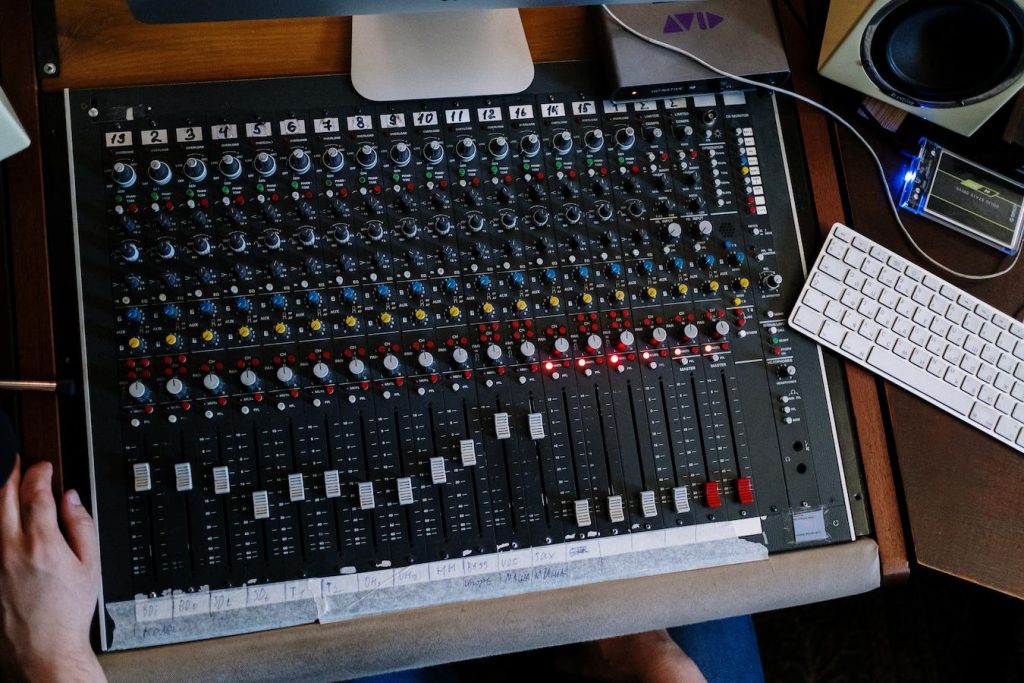
Musical soundtracks
Depending on the project, a sound designer may need to create an original soundtrack. Or, create a hybrid while working with a pre-existing one.
Either way, their design process will additionally involve other sounds used to amplify the context of the piece.
Hear me out
By now, you should have just a hint of what all a sound designer is responsible for. Maybe you’ll listen to the sound design in your next movie with more care.
Either way, never underestimate the power of sound effects when you create a new world in your next film.Or even if you’re looking to create a relatable, real-world cinematic piece.
Your sound designer will be the best bet to create a piece that’s cohesive and comprehensive.So don’t think that sound design is something you can ignore. You’d be amazed at the power of sounds and all they can communicate.
Keep Reading: How Long Does It Take To Become A Film Director?
–
Mack Sennett Studios is a historic full-service photography studio, production sound stage, and private event space in Silver Lake, serving as creative home to the Los Angeles cultural renaissance for the last 100 years. Check us out on Facebook, Twitter, Vimeo, Pinterest, Yelp and Instagram.

